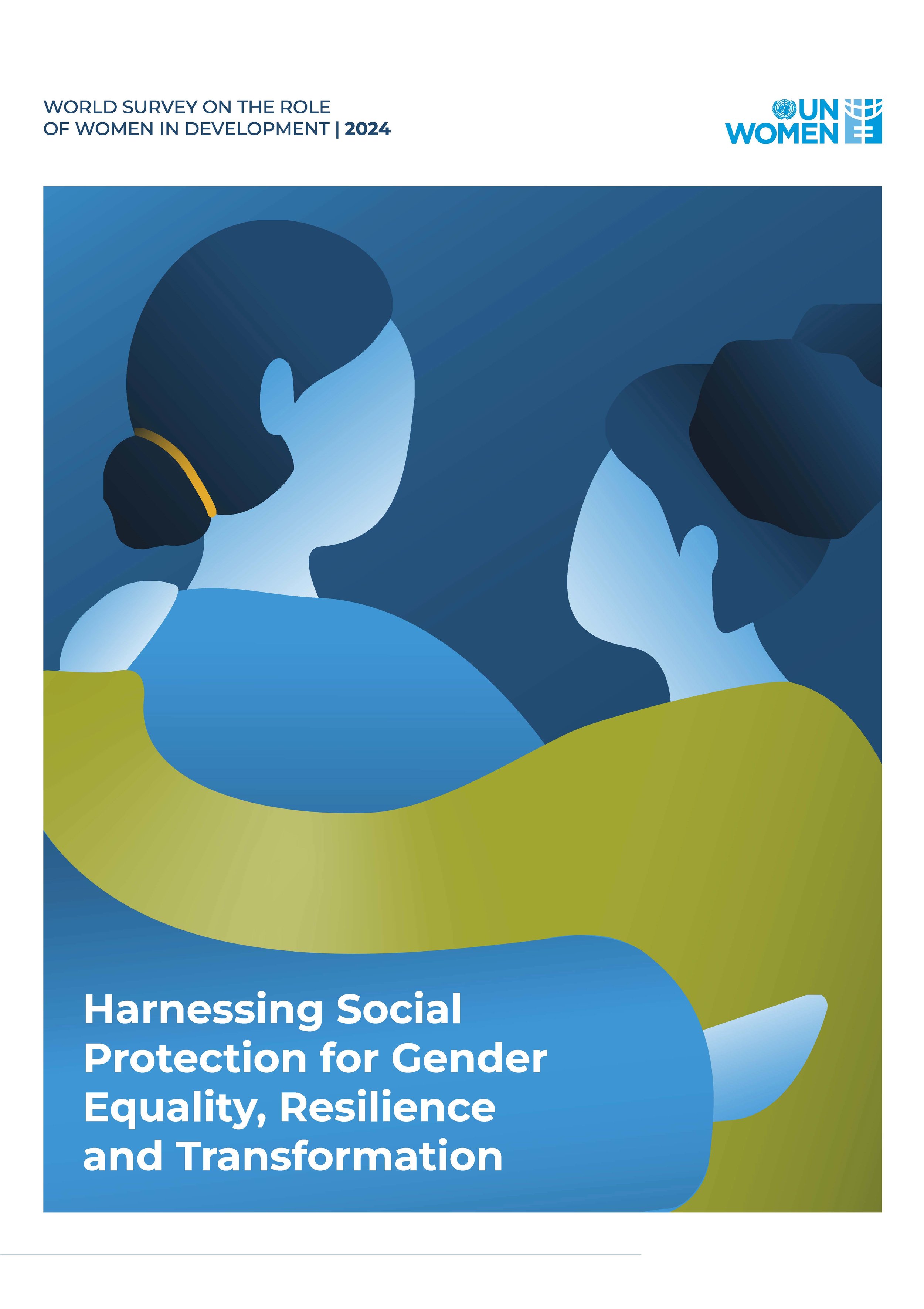The world has experienced multiple crises in recent years– the COVID-19 pandemic, food, fuel and financial crises, climate-related disasters and violent conflict. The need for universal, gender-responsive social protection systems is urgent in this context. This paper employs quantitative panel data and qualitative interviews to present an analysis of gender, poverty dynamics and social protection in three countries spanning different geographies– rural Bangladesh, Peru and the United Republic of Tanzania – amidst shocks and crises. It also examines the implications of these results for social protection system design and implementation.
Results highlight high rates of transient poverty in all three countries, reflecting underlying vulnerability of households and crises-driven downward income mobility. In the face of shocks, women’s resources (e.g., education levels and ownership of phones or financial accounts) and agency within and outside of the household (e.g., right to sell land, comfort in speaking up on public needs) are a critical means of support household resilience. However, adverse financial inclusion and other barriers constrain these efforts. Moreover, low social protection coverage has limited the ability of households and women within them to draw on social protection entitlements to maintain resilience during shocks. Though there was a surge in social protection responses during COVID-19, results suggest that this remained largely inadequate in guarding women’s resilience during the pandemic. Based on the study findings, we derive implications for policymakers and practitioners regarding the gender-responsive design and implementation of social protection during shocks, stressors and crises.
Author: Vidya Diwakar, Deputy Director, Chronic Poverty Advisory Network; Research Fellow, IDS
Read the related UN Women blog ‘Gender and poverty amid crisis: What matters for resilience?’ here


